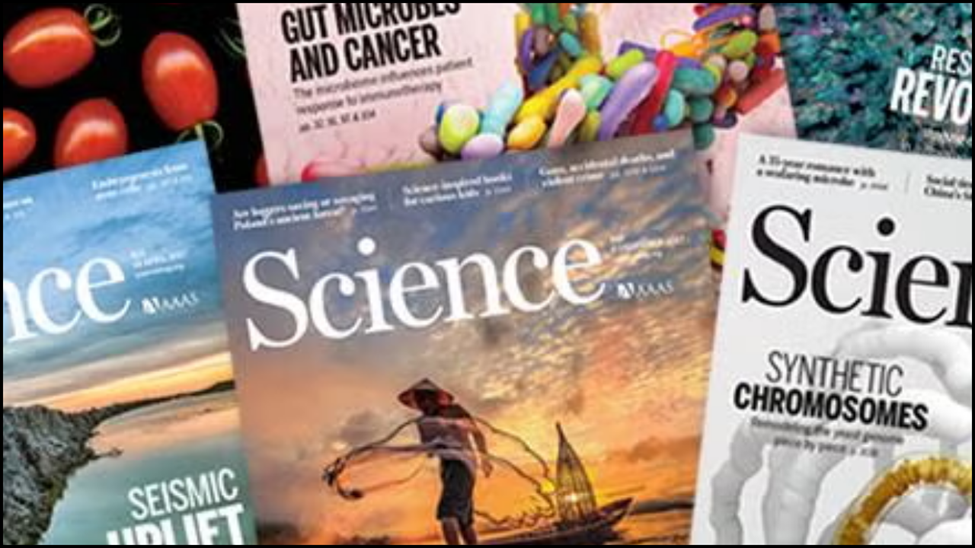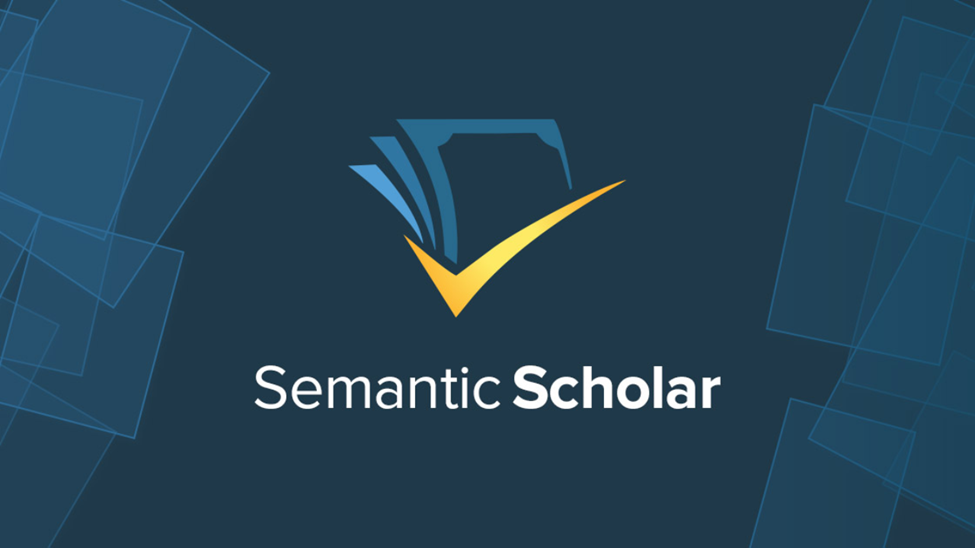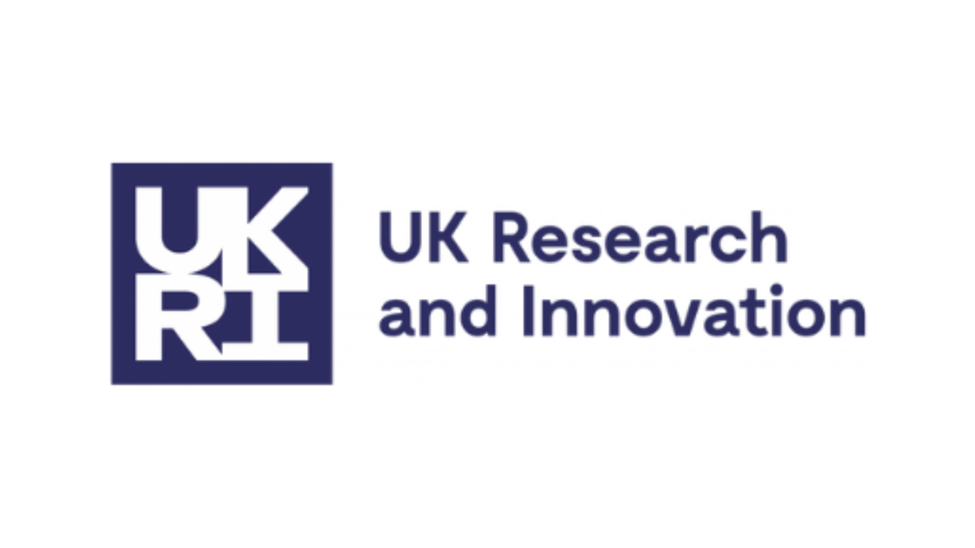Introduction: Navigating the Dynamic Landscape of Research Topics
The scientific and academic world is in a constant state of flux, with new discoveries and insights emerging at an unprecedented pace. For researchers, academics, and even the general public, staying abreast of the latest research is a formidable challenge. The sheer volume of new publications, with over a million articles flooding databases like PubMed annually, can lead to “information overload,” making it difficult to discern impactful findings from the vast ocean of data. This report delves into strategies for identifying compelling research topics, exploring the best sources for finding latest research updates, and highlighting the tools and national initiatives that facilitate access to cutting-edge scientific knowledge.
Identifying and Exploring Latest Research Topics
Choosing a research topic is a foundational step for any new project, requiring careful consideration to ensure relevance, feasibility, and potential for significant contribution.

How to Find New Research Topics
Identifying new research topics involves more than just personal interest; it requires pinpointing gaps in existing knowledge and areas where new contributions can be made. Researchers should:
- Conduct a Thorough Literature Search: This initial step is crucial to understand what has already been explored and what remains undiscovered in a specific field.
- Identify Gaps in Research: Look for unanswered questions, inconsistencies in findings, or areas where current methodologies are insufficient. A well-thought-out topic can help avoid later challenges in the research process.
- Consider Real-World Problems: Focus on issues where research can contribute significantly to a field or specialty, or impact practice in a novel way.
- Evaluate Feasibility: Assess available resources, funding, time limits, and potential access to participants or team members to ensure the topic is manageable.
Staying flexible and open to new angles is vital, as the final research topic may evolve significantly from initial ideas.
Best Sources for Finding Latest Research Updates
Accessing reliable scientific topics and research updates is paramount. A multi-faceted approach, combining traditional and modern scientific sources, is most effective.

1. Peer-Reviewed Journals and Articles
These remain the gold standard for disseminating latest research.
- Original Articles: These present new, evidence-based findings directly from research.
- Review Articles: These offer comprehensive analyses and syntheses of recent developments, providing an excellent overview of the latest research in a field.
- Leading Journals: Publications like Science and Nature are premier scientific sources, consistently publishing highly-cited latest research and commentary.
2. The Growing Role of Preprints
Preprints are non-peer-reviewed drafts of research papers posted on public servers, offering rapid accessibility and timely dissemination of findings before formal publication. They allow researchers to share work, receive early credit, and gather feedback, accelerating the innovation cycle, especially in fast-evolving fields like AI and robotics. Preprints are assigned unique Digital Object Identifiers (DOIs), making them citable. While they enhance visibility and collaboration, the absence of formal peer review means they carry inherent risks of poor quality or inaccurate information, placing a greater responsibility on the reader to critically evaluate these scientific sources.
3. Gray Literature and Other Publications
Beyond formal journal articles, scientists consult “gray literature,” which includes materials published outside traditional commercial or academic channels. Examples are government reports, policy statements, conference proceedings, theses, dissertations, and working papers. Patents are also vital scientific sources for technical specifications. Books and academic conference presentations further contribute to the diverse landscape of scientific sources.
Popular Scientific Magazines and News Outlets for Latest Research Topics
For a broader audience, popular science magazines and reputable news outlets serve as excellent scientific sources for accessible summaries of complex discoveries.

- Scientific American: Founded in 1845, it's known for in-depth latest research, ideas, and knowledge in science and technology, publishing articles by over 200 Nobel Prize winners. Subscriptions are available in digital and print formats. Its website provides daily news, blogs, podcasts, and videos.
- Other Leading Magazines: Science News, New Scientist, The Scientist, and National Geographic, provide accessible coverage of the latest research topics across various scientific topics.
- Reputable News Outlets: Major news organizations like BBC, The New York Times, and The Wall Street Journal often feature dedicated science sections, providing broad coverage of latest research developments.
- Dedicated Science News Sites: Phys.org and Ars Technica offer comprehensive coverage of sci-tech developments.
Tools and Strategies for Finding Research Updates
Effective strategies and digital tools are crucial for managing scientific sources and staying current with the latest research.
1. Automated Alerts and Feeds
A primary method for researchers is through automated alerts from journals, conferences, and databases. Platforms like Google Scholar allow users to configure alerts for specific authors, topics, or when key papers are cited, ensuring they receive notifications on the latest research. RSS feeds from academic journals, managed through aggregators like Feedly, provide streamlined monitoring of new issues. Major academic databases such as Web of Science, Scopus, PubMed, and ScienceDirect offer robust alert services.
2. Curated Content and Audio Formats
To manage information overload, scientists increasingly turn to curated newsletters and podcasts (e.g., ResearchPod, Substack roundups) that summarize important findings, helping identify which scientific sources warrant a deeper dive into the latest research. Text-to-speech tools like Listening.com convert academic articles into audio, enabling consumption during commutes or other tasks, effectively creating a personalized audio feed of latest research. Recording voice notes during listening helps capture initial thoughts and streamline literature review, creating a searchable archive of insights.
3. Reference Management Software
Tools like Mendeley, EndNote, Paperpile, and JabRef are essential for organizing, storing, sharing, and citing scientific sources and data. They offer automatic bibliography generation, note-taking, highlighting, and collaboration features. Logically, an AI-powered reference manager, allows users to chat with documents and search through vast databases of peer-reviewed scientific sources.
4. AI-Powered Research Topics Assistants and Literature Review Tools
A new generation of AI-powered tools is revolutionizing literature reviews and the discovery of latest research. Examples include Ai2 Paper Finder, Consensus AI, Elicit AI, OpenRead, R Discovery, ResearchRabbit, Sci Scope, Scite AI, and Semantic Scholar. These tools leverage AI for advanced semantic searching, visual mapping of academic papers, and analysis of citation networks. Many integrate generative AI for natural language queries, summarization, outlining, and interactive “chat” with specific sections of a paper. However, critical verification of AI-generated results is always necessary due to potential “hallucinations” or biases.

5. Professional Networks and Conferences
Conferences play a pivotal role in scientific communication, offering opportunities to present findings, engage in discussions, and gain early access to latest research, often before formal publication. Networking at these events is crucial for building connections, fostering collaborations, and identifying new research topics. These human interactions provide invaluable informal scientific sources and peer vetting.
National Approaches to Research Topics Updates and Access
Governments and institutions play a crucial role in shaping access to scientific sources and promoting research dissemination.
1. US Research Initiatives
The U.S. National Science Foundation (NSF) has significantly invested in materials research since the 1950s, leading to breakthroughs in various fields. Federal agencies like the National Institutes of Health (NIH) and NSF now mandate that all federally funded research, including publications and data, must be made publicly available immediately upon publication, without an embargo period. This commitment to open access ensures that taxpayer investments yield broadly accessible benefits, making these scientific sources freely available. The Department of Energy (DOE) Public Access Plan also requires free, immediate access to DOE-funded peer-reviewed scholarly publications and associated scientific data. The NIH also provides guidance for communicating science and health research to the public, emphasizing clear language and transparency.

2. UK Research Initiatives
The UK has also strongly embraced Open Access (OA) principles. The UK Research and Innovation (UKRI) Open Access Policy mandates immediate open access for all peer-reviewed research articles submitted from April 1, 2022, onwards, provided they acknowledge UKRI funding. Similarly, the Department for Environment, Food & Rural Affairs (Defra) ensures its funded research outputs are freely and immediately available. The Royal Society actively supports science communication through various initiatives, including journals, events, and grants, fostering collaboration and and public engagement with scientific sources.
Conclusion: A Multifaceted Approach to Research Updates
Staying updated on scientific discoveries in today's information-rich environment requires a multifaceted and adaptive approach. Relying on a diverse array of scientific sources, from traditional peer-reviewed journals and preprints to popular science magazines and AI-powered tools, is essential. Leveraging automated alerts, engaging with professional networks, and utilizing reference management software can streamline the process of consuming and organizing vast amounts of information. Furthermore, the global movement towards open access, driven by policies in the US and UK, is democratizing access to scientific sources, ensuring that scientific knowledge is more widely available than ever before. By combining these strategies, individuals can effectively navigate the scientific landscape, critically evaluate information, and remain at the forefront of the latest research.







